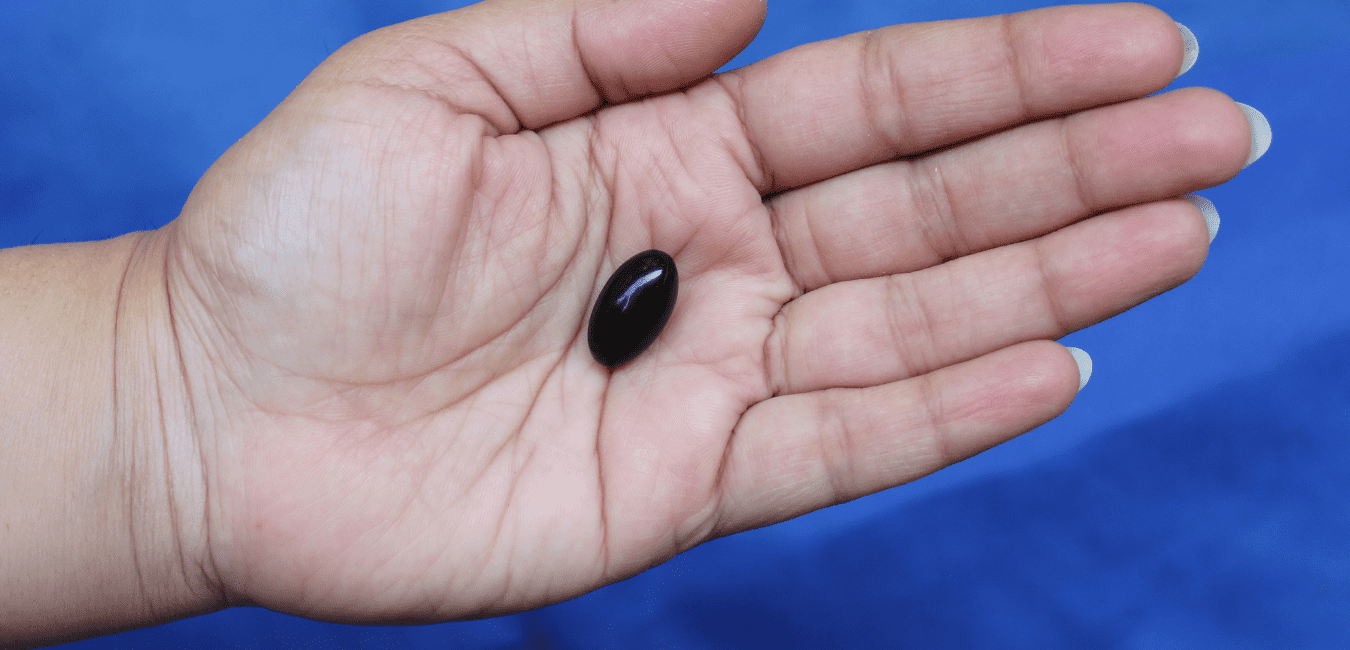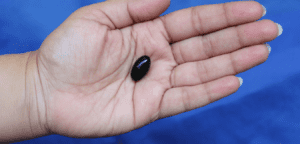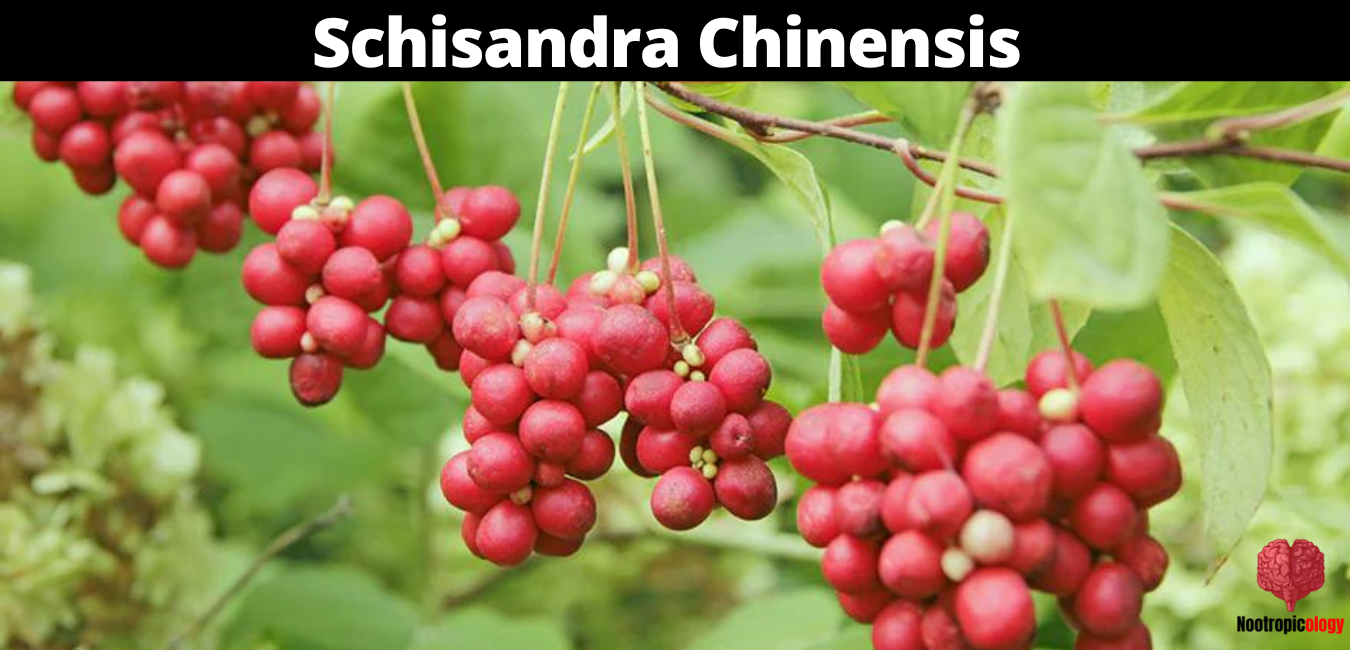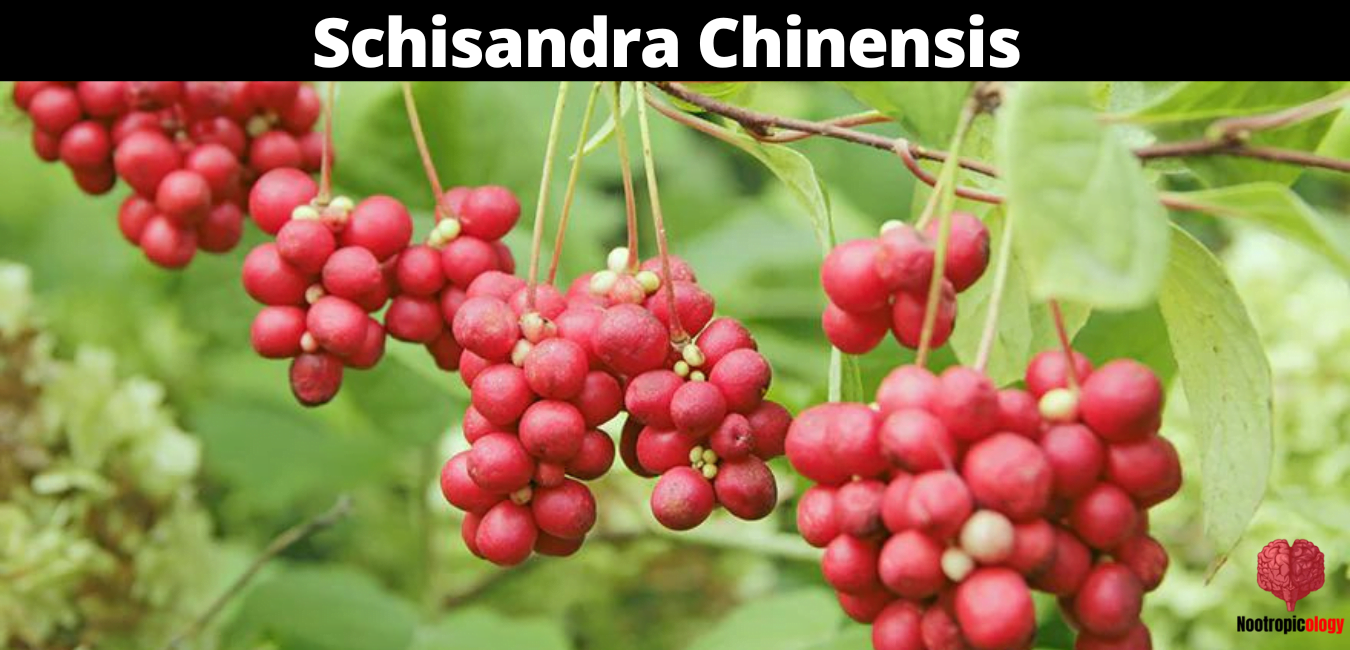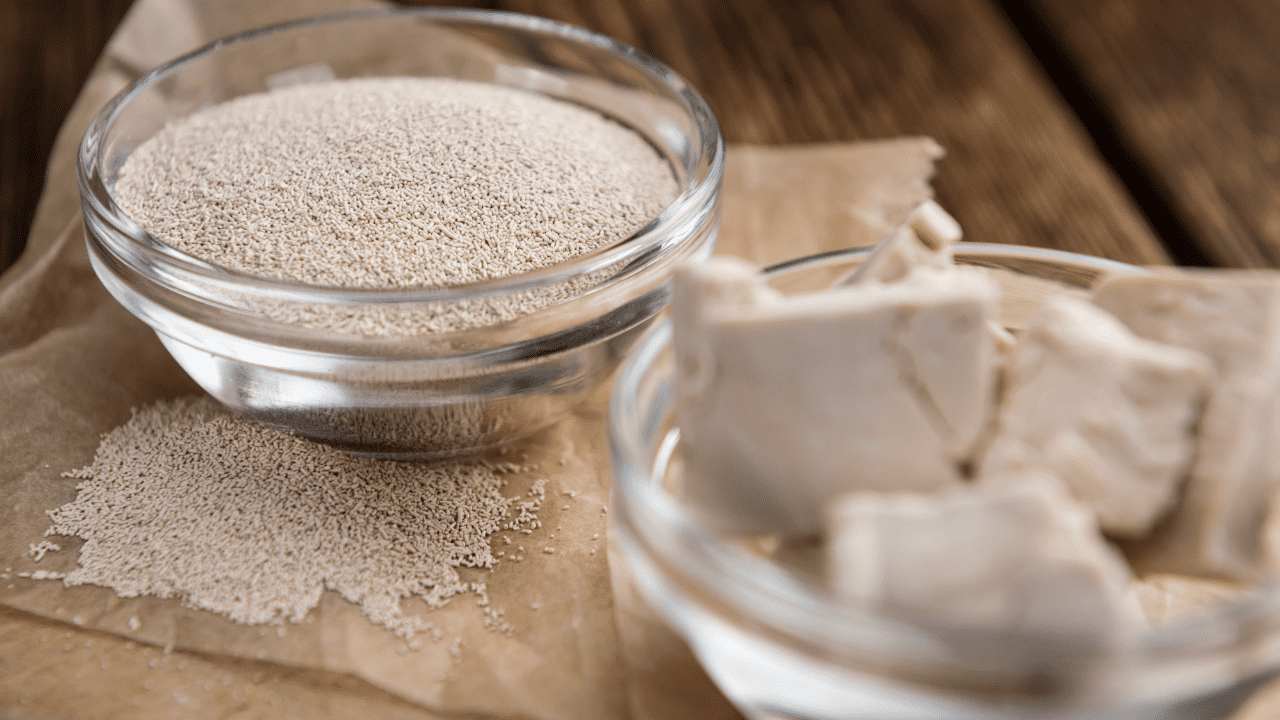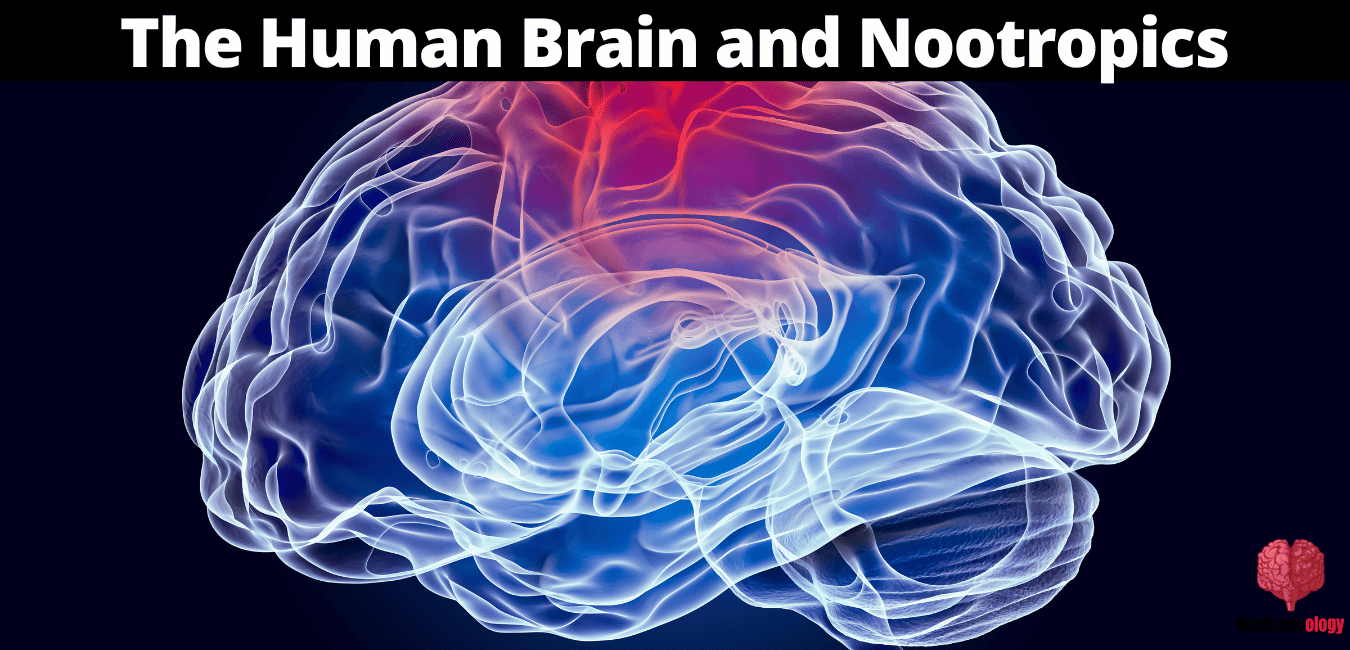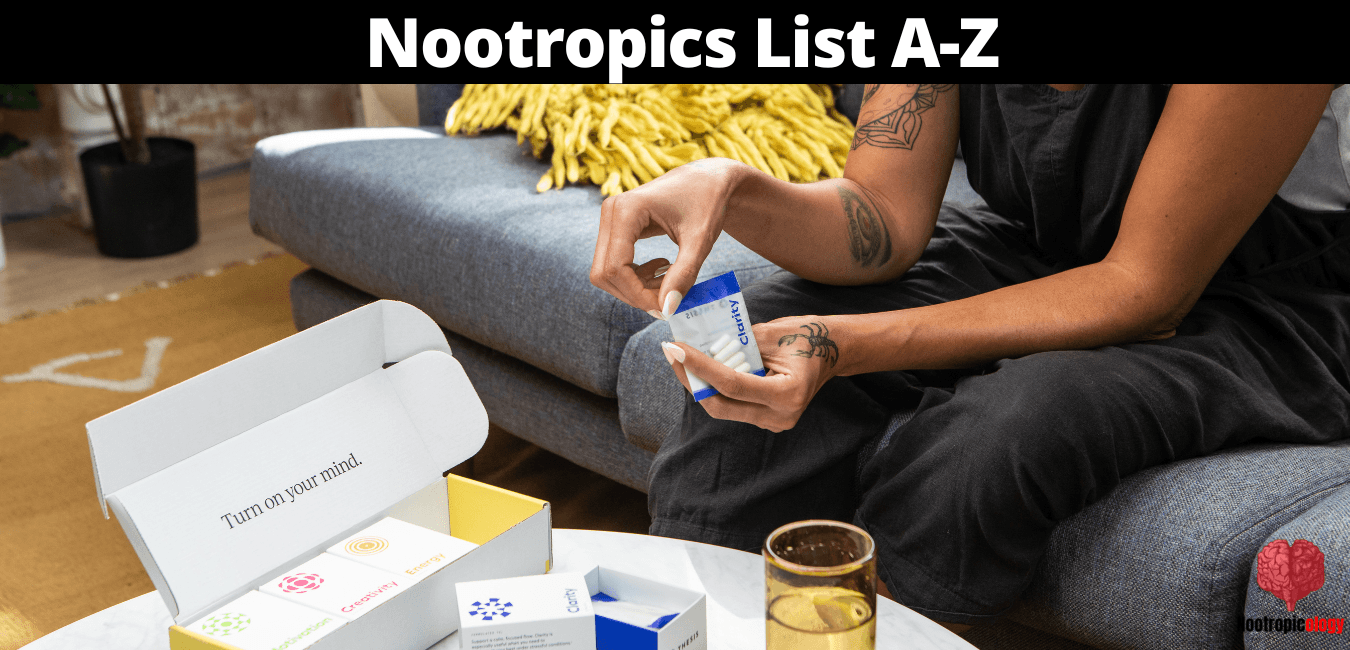
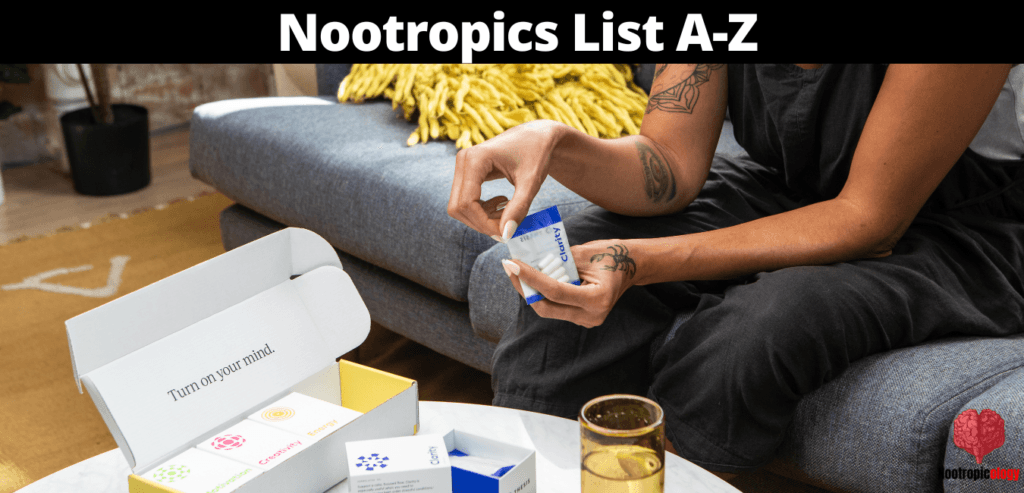
123I-Ioflupane
Radioactive neuroimaging agent that selectively binds to presynaptic dopamine transporters. Enables SPECT imaging for differential diagnosis of Parkinsonian syndromes. Critical diagnostic tool for evaluating dopaminergic system integrity.
2C-D
Substituted phenethylamine featuring phenyl ring with methoxy groups at R2/R5 positions. Acts as 5-HT2A receptor agonist producing mild psychedelic and cognitive-enhancing effects. Demonstrates unique structure-activity relationship among phenethylamines.
3,4-Dichloromethylphenidate
Potent dopamine-norepinephrine reuptake inhibitor with 7x greater potency than methylphenidate. Shows reduced reinforcing potential due to slower onset kinetics. Demonstrates enhanced receptor binding affinity through dichlorination.
4-CTMP (Dichloropane)
Novel tropane-class stimulant functioning as selective norepinephrine-dopamine reuptake inhibitor (SNDRI). Structurally related to 3,4-CTMP with modified tropane backbone. Acts as cocaine antagonist through dopamine transporter binding.
4-Fluoromethylphenidate
Selective dopamine/norepinephrine reuptake inhibitor with fluorine substitution. Demonstrates enhanced bioavailability compared to methylphenidate base. Shows modified pharmacokinetics through fluorination.
5-HTP
5-HTP is a direct serotonin precursor with high blood-brain barrier (BBB ) penetration. Converts to 5-hydroxytryptamine via aromatic L-amino acid decarboxylase. Essential for serotonin synthesis and mood regulation.
Acetildenafil
Phosphodiesterase-5 inhibitor structurally related to sildenafil. Increases cyclic GMP through enzyme inhibition. Demonstrates vasodilatory effects through nitric oxide pathway modulation.
Acetyl-L-Carnitine
Acetylated form of L-carnitine with enhanced brain penetration. Facilitates mitochondrial fatty acid oxidation and energy production. Demonstrates neuroprotective properties through multiple mechanisms.
Adderall
Mixed amphetamine salt formulation containing dextro/levoamphetamine isomers. Increases synaptic dopamine and norepinephrine through release and reuptake inhibition. Enhances cognitive performance through monoamine modulation.
Adrafinil
Adrafinil is a eugeroic prodrug metabolized to modafinil through amide hydrolysis. Promotes wakefulness via orexin system activation and dopamine transporter inhibition. Demonstrates unique pharmacokinetic profile distinct from direct stimulants.
Alpha-GPC
Alpha-GPC is a high-bioavailability choline source readily crossing blood-brain barrier (BBB). Functions as acetylcholine (ACh) precursor and membrane phospholipid component. Enhances cognitive function through cholinergic potentiation.
Aminotadalafil
PDE5 inhibitor structurally related to tadalafil with modified amine group. Increases nitric oxide signaling through cGMP pathway modulation. Demonstrates altered pharmacokinetics compared to parent compound.
Aniracetam
Aniracetam is a fat-soluble racetam nootropic modulating AMPA receptors. Enhances glutamatergic neurotransmission and synaptic plasticity. Exhibits anxiolytic properties through serotonergic system interaction.
Areca Nut
Natural source of arecoline, a muscarinic acetylcholine receptor agonist. Contains multiple bioactive alkaloids affecting neurotransmission. Demonstrates stimulant properties through cholinergic activation.
Arecoline
Muscarinic acetylcholine receptor agonist found in areca nut. Crosses blood-brain barrier to modulate cholinergic systems. Exhibits cognitive-enhancing properties through M1 receptor activation.
Armodafinil
Armodafinil is the R-enantiomer of modafinil with enhanced wake-promoting effects. Selectively inhibits dopamine reuptake while activating hypothalamic pathways. Shows superior pharmacokinetics compared to racemic modafinil.
Atomoxetine
Selective norepinephrine reuptake inhibitor targeting prefrontal cortex. Enhances executive function through increased noradrenergic transmission. Shows minimal affinity for other monoamine transporters.
Ashwagandha
Ashwagandha is an adaptogenic herb modulating stress response systems. Enhances GABA receptor function and cortisol regulation. Shows anxiolytic and cognitive benefits through multiple pathways.
Alpha Brain
Alpha Brain is a popular nootropic blend focusing on alpha wave production. Contains AC-11, bacopa, and alpha-GPC. Demonstrates effects through cholinergic and adaptogenic pathways.
B-HO-Hordenine
Naturally occurring N,N-dimethyltyramine derivative from barley. Acts as selective adrenergic receptor agonist. Demonstrates mild sympathomimetic effects through norepinephrine potentiation.
Bacopa Monnieri
Bacopa Monnieri is an adaptogenic herb containing active bacosides enhancing neural transmission. Increases dendritic branching and synaptic density. Modulates serotonergic system while supporting neuroplasticity.
Benzyl Cyanide
Precursor compound used in pharmaceutical synthesis. Shows structural similarity to phenethylamine derivatives. Demonstrates potential nootropic properties through monoamine modulation.
Beta-asarone
Phenylpropanoid compound found in Acorus plants. Exhibits potential metabolism to psychoactive compounds. Demonstrates neuroprotective properties through multiple mechanisms.
Berberine
Berberine is a plant-derived alkaloid with neuroprotective properties. Acts on the BBB (blood-brain barrier) and demonstrates cognitive enhancement via AMPK pathway activation. Primary mechanisms include cholinergic modulation and neuroinflammation reduction. Commonly used as a legal dietary supplement, typically dosed at 500-1500mg daily.
Caffeine
Adenosine receptor antagonist promoting wakefulness. Increases catecholamine release and neural firing rates. Enhances cognitive performance through multiple neurotransmitter interactions.
Catechins
Polyphenolic compounds from green tea with antioxidant properties. Cross blood-brain barrier to modulate neural function. Demonstrate neuroprotective effects through multiple pathways.
Celastrus Paniculatus
Neuroprotective seed extract containing bioactive alkaloids. Enhances cholinergic transmission and membrane fluidity. Supports cognitive function through multiple mechanisms.
Centrophenoxine
DMAE-containing compound readily crossing blood-brain barrier. Enhances acetylcholine synthesis and neural metabolism. Demonstrates anti-aging properties through lipofuscin reduction.
Choline Bitartrate
Choline Bitartrate is a basic choline salt serving as dietary precursor. Supports acetylcholine synthesis and membrane integrity. Shows moderate bioavailability compared to other choline sources.
Cinnamon Extract
Natural compound containing active cinnamaldehyde. Demonstrates glucose metabolism enhancement and neuroprotection. Modulates multiple cellular pathways affecting cognition.
Citicoline
Highly bioavailable CDP-choline intermediate compound. Enhances phosphatidylcholine synthesis and cholinergic transmission. Supports neural membrane integrity and neurotransmitter synthesis.
Coluracetam
Coluracetam is a high-affinity choline uptake enhancer of the racetam family. Increases acetylcholine synthesis through presynaptic mechanisms. Demonstrates unique cholinergic optimization compared to other racetams.
Coumarins
Natural compounds with selective MAO inhibition properties. Modulate neurotransmitter metabolism through enzyme inhibition. Demonstrate mild cognitive enhancement through monoamine regulation.
Creatine
Phosphate energy buffer enhancing cellular ATP recycling. Supports neurotransmitter synthesis and neural energetics. Demonstrates cognitive benefits through improved bioenergetics.
Curcumin
Polyphenolic compound with potent anti-inflammatory properties. Crosses blood-brain barrier to modulate multiple pathways. Enhances neuroplasticity through BDNF upregulation.
Dehydroepiandrosterone
Neurosteroid precursor modulating GABA/NMDA receptors. Enhances neuroplasticity through multiple mechanisms. Supports cognitive function through hormonal pathway regulation.
Deoxypipradol
Potent dopamine-norepinephrine reuptake inhibitor (NDRI). Structurally related to methylphenidate with enhanced potency. Shows extended duration through modified pharmacokinetics.
Dexanabinol
Synthetic cannabinoid with neuroprotective properties. Acts as NMDA receptor antagonist and antioxidant. Demonstrates cognitive preservation through multiple mechanisms.
Dexmethylphenidate
Pure d-threo enantiomer of methylphenidate. Selectively inhibits dopamine/norepinephrine reuptake. Shows enhanced therapeutic index compared to racemic mixture.
Dextroamphetamine
Potent dopamine/norepinephrine releasing agent. Increases synaptic monoamine availability through multiple mechanisms. Demonstrates marked cognitive enhancement through catecholamine modulation.
Dimethylaminoethanol
Choline precursor readily crossing blood-brain barrier. Enhances acetylcholine synthesis and membrane fluidity. Shows mild cognitive benefits through cholinergic optimization.
DL-Phenylalanine
Racemic mixture of essential amino acid stereoisomers. Serves as precursor for catecholamine synthesis. Demonstrates mood enhancement through neurotransmitter modulation.
Drinabant
Selective CB1 receptor antagonist with high binding affinity. Modulates endocannabinoid system function. Shows complex effects on cognitive and emotional processing.
Dronabinol
Synthetic delta-9-THC with standardized potency. Activates CB1/CB2 receptors throughout nervous system. Demonstrates multiple neurophysiological effects through cannabinoid modulation.
Ephedrine
Sympathomimetic amine affecting multiple adrenergic receptors. Increases norepinephrine release and reuptake inhibition. Shows significant cognitive and thermogenic effects.
Ethylphenidate
Ethyl ester analog of methylphenidate with modified properties. Demonstrates selective dopamine reuptake inhibition. Shows altered pharmacokinetics compared to parent compound.
F-Phenibut
F-Phenibut is a fluorinated analog of phenibut with enhanced properties. Acts on GABA-B receptors and calcium channels. Shows improved brain penetration through fluorination.
Fasoracetam
Fasoracetam is a novel racetam compound modulating multiple systems. Upregulates GABA-B receptors while enhancing choline uptake. Demonstrates unique mechanism among racetam compounds.
Fipexide
Piperazine derivative affecting dopamine systems. Enhances cognitive function through indirect mechanisms. Shows potential liver toxicity with prolonged use.
Fladrafinil
Fladrafinil is a difluoro derivative of adrafinil with enhanced properties. Demonstrates selective dopamine reuptake inhibition. Shows improved bioavailability through fluorination.
Flavonoids
Polyphenolic compounds with diverse neurological effects. Cross blood-brain barrier to modulate neural function. Demonstrate neuroprotective properties through multiple pathways.
Flmodafinil
Flmodafinil is a bisfluoro analog of modafinil with enhanced potency. Selectively inhibits dopamine reuptake with modified kinetics. Shows improved bioavailability through fluorine substitution.
GABA
Primary inhibitory neurotransmitter with limited BBB penetration. Modulates neural inhibition through GABA receptor activation. Demonstrates anxiolytic effects through receptor binding.
Galantamine
Acetylcholinesterase inhibitor from Galanthus species. Enhances cholinergic transmission through enzyme inhibition. Demonstrates cognitive enhancement through nicotinic modulation.
Geranamine
Sympathomimetic amine affecting adrenergic systems. Increases norepinephrine release and reuptake inhibition. Shows significant cardiovascular and cognitive effects.
Ginger Root Extracts
Bioactive compounds with anti-inflammatory properties. Modulate multiple neural pathways and neurotransmitters. Demonstrate neuroprotective effects through various mechanisms.
Ginkgo Biloba
Ginkgo Biloba is a vasodilatory herb containing active flavonoids/terpenoids. Enhances cerebral blood flow and neural glucose utilization. Modulates multiple neurotransmitter systems effectively.
Ginseng
Ginseng is an adaptogenic herb containing active ginsenosides. Modulates stress response through multiple pathways. Enhances cognitive function through diverse mechanisms.
Harmaline
Beta-carboline alkaloid with MAO-A inhibition properties. Affects serotonergic and dopaminergic systems. Demonstrates psychoactive effects through multiple mechanisms.
Harmalol
Metabolite of harmaline with modified properties. Shows selective MAO inhibition characteristics. Affects multiple neurotransmitter systems through enzyme inhibition.
Homosildenafil
Structural analog of sildenafil with modified properties. Inhibits PDE5 enzyme affecting nitric oxide pathways. Shows altered pharmacokinetics compared to parent compound.
Hordenine
Hordenine is a naturally occurring N-methyltyramine derivative. Acts as selective adrenergic receptor agonist. Demonstrates mild sympathomimetic effects through multiple pathways.
Huperzine A
Huperzine A is a potent acetylcholinesterase inhibitor from club moss. Shows high selectivity and long duration of action. Enhances cognitive function through cholinergic modulation.
Hydergine
Ergoloid mesylate complex with multiple mechanisms. Enhances cerebral glucose metabolism and oxygen utilization. Shows neuroprotective properties through various pathways.
Icariin
Bioactive flavonoid from Epimedium species. Modulates multiple neural pathways and neurotransmitters. Demonstrates nootropic effects through diverse mechanisms.
Isopropylphenidate
Modified analog of methylphenidate with altered properties. Shows selective dopamine reuptake inhibition. Demonstrates unique pharmacokinetic profile through isopropyl modification.
JZL-184
Selective MAGL inhibitor affecting endocannabinoid system. Increases 2-AG levels through enzyme inhibition. Shows complex effects on neural signaling pathways.
Kaempferol
Flavonoid compound with MAOI properties. Modulates multiple neurotransmitter systems. Demonstrates neuroprotective effects through various mechanisms.
Kava
GABAergic modulator containing active kavalactones. Affects GABA-A receptors through positive allosteric modulation. Shows anxiolytic effects through multiple mechanisms.
Kratom
Southeast Asian plant containing multiple alkaloids. Primary compound mitragynine acts on opioid receptors. Demonstrates complex effects on monoamine systems and neurotransmission.
L-655,708
Selective α5 GABAA receptor inverse agonist. Enhances cognitive function through reduced tonic inhibition. Shows unique targeting of hippocampal GABA receptors.
L-Tryptophan
Essential amino acid and serotonin precursor. Converts to 5-HTP through tryptophan hydroxylase. Demonstrates mood regulation through serotonergic pathway enhancement.
Lemon Balm
Herb containing active terpenes affecting GABA systems. Demonstrates anxiolytic properties through GABA-T inhibition. Enhances cognitive performance through multiple mechanisms.
Lisdexamfetamine
Prodrug of dextroamphetamine with modified release. Requires enzymatic activation for pharmacological effects. Shows reduced abuse potential through prodrug mechanism.
Lobeline
Nicotinic receptor antagonist from Lobelia species. Modulates dopamine release and vesicular storage. Shows complex effects on monoamine neurotransmitter systems.
Lovegra
Female-specific sildenafil analog targeting PDE5 inhibition. Enhances nitric oxide signaling through cGMP pathway modulation. Shows similar mechanism to sildenafil with gender-specific formulation.
Maca
Andean adaptogenic herb affecting multiple systems. Modulates hypothalamic-pituitary axis function. Demonstrates neuroendocrine effects through various pathways.
Melatonin
Pineal hormone regulating circadian rhythms. Acts through MT1/MT2 receptor activation. Shows neuroprotective properties through multiple mechanisms.
Memantine
Uncompetitive NMDA receptor antagonist. Reduces excessive glutamatergic activity without disruption. Demonstrates neuroprotective effects through calcium regulation.
Methylmorphenate
Morpholine analog of methylphenidate. Shows selective dopamine reuptake inhibition. Demonstrates modified pharmacokinetics through morpholine substitution.
Methylnaphthidate
Naphthalene-substituted analog of methylphenidate. Exhibits enhanced dopamine transporter affinity. Shows increased potency through structural modification.
Methylphenidate
Classic dopamine/norepinephrine reuptake inhibitor. Blocks monoamine transporters with high affinity. Demonstrates significant cognitive enhancement through catecholamine modulation.
Mexamine
Tryptamine derivative related to serotonin/melatonin. Affects multiple serotonergic receptor subtypes. Shows complex effects on sleep and circadian rhythms.
Modafinil
Modafinil is a eugeroic agent promoting wakefulness through multiple mechanisms. Selectively inhibits dopamine reuptake while affecting orexin. Shows complex pharmacology distinct from traditional stimulants.
Modafinil Sulphone
Primary metabolite of modafinil with modified properties. Shows altered receptor binding profile. Demonstrates unique pharmacological effects through sulphone modification.
Mucuna Pruriens
Natural source of L-DOPA and other bioactives. Enhances dopamine synthesis and availability. Shows multiple effects through various active compounds.
Marijuana
Cannabis plant containing multiple cannabinoid compounds. Primary active THC affects CB1/CB2 receptors. Demonstrates complex neurological effects through endocannabinoid modulation.
Memantine Extended Release
Modified release formulation of memantine NMDA antagonist. Shows prolonged pharmacokinetics through controlled release. Demonstrates sustained neuroprotective effects through extended delivery.
Menthol
Monoterpene compound affecting kappa opioid receptors. Demonstrates mild analgesic and cognitive effects. Shows neural modulation through multiple receptor interactions.
Mind Lab Pro
Mind Lab Pro is a universal nootropic stack targeting multiple pathways. Contains 11 evidence-backed nootropic compounds. Shows broad-spectrum cognitive enhancement through diverse mechanisms.
N-methyl-4,4'-difluoro-modafinil
Fluorinated derivative of modafinil with enhanced properties. Shows selective dopamine reuptake inhibition. Demonstrates improved bioavailability through fluorination.
N-methyl-cyclazodone
Cyclazodone is a potent derivative of pemoline with enhanced effects. Shows significant stimulant and nootropic properties. Demonstrates increased potency through N-methylation.
Naringin
Flavonoid glycoside affecting multiple neural systems. Modulates neurotransmitter function and metabolism. Shows neuroprotective properties through various mechanisms.
Nefiracetam
Nefiracetam is a racetam nootropic enhancing cholinergic/GABAergic function. Modulates multiple neurotransmitter systems simultaneously. Shows unique neuroprotective properties through receptor interaction.
Nicotine
Potent nicotinic acetylcholine receptor agonist. Enhances dopamine, norepinephrine, and acetylcholine release. Demonstrates significant cognitive enhancement through multiple mechanisms.
Noopept
Noopept is a dipeptide nootropic with high bioavailability. Increases BDNF/NGF expression and AMPA modulation. Shows potent cognitive enhancement through multiple pathways.
NSI-189
Novel neurogenic compound enhancing hippocampal volume. Stimulates neuronal growth through multiple mechanisms. Shows antidepressant effects through neuroplasticity enhancement.
Nooceptin
Nooceptin is a memory-focused blend containing cholinergic compounds. Features citicoline, bacopa, and Lion's Mane. Shows cognitive enhancement through multiple complementary mechanisms.
NooCube
NooCube is a cognitive enhancement blend targeting multiple systems. Contains alpha-GPC, huperzine A, and bacopa. Demonstrates effects through cholinergic modulation and neuroplasticity enhancement.
Octopamine
Endogenous amine related to norepinephrine. Functions as trace amine in human nervous system. Demonstrates mild sympathomimetic effects through receptor activation.
Oxiracetam
Oxiracetam is a water-soluble racetam with cholinergic effects. Enhances glucose metabolism and long-term potentiation. Shows cognitive benefits through multiple receptor interactions.
Peganum Harmala
MAO-inhibiting plant containing beta-carbolines. Affects serotonergic and dopaminergic systems. Shows complex psychoactive effects through enzyme inhibition.
Pemoline
Oxazolidine stimulant affecting dopamine systems. Enhances cognitive function through multiple mechanisms. Shows significant effects on attention and focus.
Phenibut
Phenibut is a GABA-B receptor agonist with anxiolytic properties. Crosses blood-brain barrier unlike GABA. Shows significant effects on anxiety and cognition.
Phenylalanine
Phenylalanine is an essential amino acid precursor to catecholamines. Converts to tyrosine through enzymatic pathway. Shows mood enhancement through neurotransmitter synthesis.
Phenylpiracetam
Phenylpiracetam is a phenylated analog of piracetam with enhanced effects. Shows improved blood-brain barrier penetration. Demonstrates significant nootropic properties through multiple mechanisms.
Picamilon
GABA-niacin conjugate with enhanced brain penetration. Dissociates to GABA and niacin after crossing BBB. Shows anxiolytic effects through multiple pathways.
Piracetam
Piracetam is a prototype racetam nootropic enhancing membrane fluidity. Modulates multiple neurotransmitter systems. Shows cognitive enhancement through various mechanisms.
Pramiracetam
Pramiracetam is a lipid-soluble racetam with high oral bioavailability. Enhances high-affinity choline uptake significantly. Demonstrates potent memory enhancement through cholinergic modulation.
PRE-084
Selective sigma-1 receptor agonist derived from PCP. Shows cognitive enhancement and neuroprotection. Demonstrates potential in treating neurodegenerative conditions.
PRL-8-53
Synthetic nootropic enhancing memory formation. Modulates multiple neurotransmitter systems. Shows significant effects on learning and recall.
Prolintane
CNS stimulant related to phenethylamine class. Affects dopamine and norepinephrine systems. Shows significant effects on attention and alertness.
Propylphenidate
Propyl analog of methylphenidate with modified properties. Shows selective dopamine reuptake inhibition. Demonstrates unique pharmacokinetics through propyl modification.
PWZ-029
Selective GABA receptor inverse agonist. Targets α5 subtype with high specificity. Shows cognitive enhancement without anxiogenic effects.
Quercetin
Flavonoid compound with potent antioxidant properties. Crosses blood-brain barrier to modulate neural function. Shows neuroprotective effects through multiple pathways.
Quetiapine
Atypical antipsychotic affecting multiple receptors. Modulates dopamine, serotonin, and histamine systems. Shows complex effects on cognition through receptor antagonism.
Qualia Mind
Qualia Mind is a comprehensive stack containing 28 active ingredients. Features multiple nootropic compounds and cofactors. Shows complex effects through multiple synergistic pathways.
R-alpha-lipoic acid
R-alpha-lipoic acid is a potent antioxidant with mitochondrial effects. Enhances glucose utilization and neural metabolism. Shows neuroprotective properties through multiple mechanisms.
Razobazam
Novel benzodiazepine derivative with unique profile. Shows selective GABA receptor modulation. Demonstrates nootropic effects distinct from classical benzodiazepines.
Rimonabant
Selective CB1 receptor antagonist/inverse agonist. Modulates endocannabinoid system function. Shows complex effects on cognition and metabolism.
RO-4491533
Selective mGluR2/3 negative allosteric modulator. Affects glutamatergic neurotransmission. Shows antidepressant properties through receptor modulation.
RO4938581
Selective α5 GABAA inverse agonist. Enhances cognitive function through reduced inhibition. Shows promise for cognitive enhancement without anxiety.
S-Adenosyl Methionine
Methyl donor involved in numerous neural processes. Supports neurotransmitter synthesis and gene expression. Shows antidepressant effects through multiple mechanisms.
Sakae Naa
Southeast Asian plant with psychoactive properties. Acts through multiple neurotransmitter systems. Shows effects similar to kratom through various mechanisms.
Selegiline
Selective MAO-B inhibitor enhancing dopamine function. Demonstrates neuroprotective properties through multiple pathways. Shows cognitive enhancement through monoamine modulation.
SH-053-R-CH3-2'F
Selective GABAA receptor modulator. Targets specific receptor subtypes with high affinity. Shows cognitive effects through precise receptor targeting.
Sildenafil
PDE5 inhibitor affecting nitric oxide pathways. Shows cerebrovascular effects through enzyme inhibition. Demonstrates potential cognitive enhancement through blood flow modulation.
St. John's Wort
Herbal extract containing multiple active compounds. Affects serotonin reuptake and receptor function. Shows antidepressant effects through various mechanisms.
Sulbutiamine
Sulbutiamine is a lipid-soluble thiamine derivative crossing BBB readily. Enhances thiamine-dependent neural processes. Shows cognitive benefits through improved thiamine utilization.
Stablon
Atypical antidepressant (tianeptine) with unique mechanism. Modulates glutamate systems and opioid receptors. Shows cognitive enhancement through complex receptor interactions.
Tadalafil
Long-acting PDE5 inhibitor with improved kinetics. Affects nitric oxide signaling pathways. Shows potential cognitive effects through vascular modulation.
Theanine
Theanine is a non-protein amino acid promoting alpha wave production. Crosses BBB to modulate GABA and glutamate systems. Shows anxiolytic effects while enhancing attention.
Tolibut
GABA analog with modified structure from phenibut. Acts on GABA-B receptors with altered properties. Shows anxiolytic effects through GABAergic modulation.
Tropicamide
Antimuscarinic agent affecting pupillary response. Blocks muscarinic acetylcholine receptors. Used diagnostically for ocular examination.
Tyrosine
Tyrosine is an essential amino acid precursor to catecholamines. Converts to L-DOPA through enzymatic pathway. Shows cognitive enhancement through neurotransmitter synthesis.
URB-597
Selective FAAH inhibitor affecting endocannabinoid system. Increases anandamide levels through enzyme inhibition. Shows complex effects on neural signaling.
Vinpocetine
Vinca alkaloid derivative enhancing cerebral blood flow. Inhibits PDE1 while modulating ion channels. Shows cognitive enhancement through multiple mechanisms.
Vardenafil
PDE5 inhibitor structurally similar to sildenafil. Demonstrates higher potency through modified molecular structure. Shows enhanced blood-brain barrier penetration and vasodilatory effects.
Vasopressin
Hypothalamic peptide hormone modulating water retention. Affects memory consolidation through V1a receptor activation. Demonstrates cognitive enhancement through neurohormonal mechanisms.
Vyvamind
Vyvamind is a stimulant-based nootropic stack targeting focus/attention. Contains caffeine, L-theanine, and other cognitive enhancers. Demonstrates effects through synergistic compound interaction.
Vitamin A/B12/D
Essential nutrients affecting multiple neural processes. Support neurotransmitter synthesis and neural maintenance. Show fundamental roles in cognitive function
Yohimbine
Alpha-2 adrenergic receptor antagonist. Increases norepinephrine availability and neural excitability. Shows cognitive enhancement through catecholamine modulation.
source https://nootropicology.com/nootropics-list/
